Mikhailov’s most recent body of work blends old and new photographs to reflect on life, death, and his own autobiography
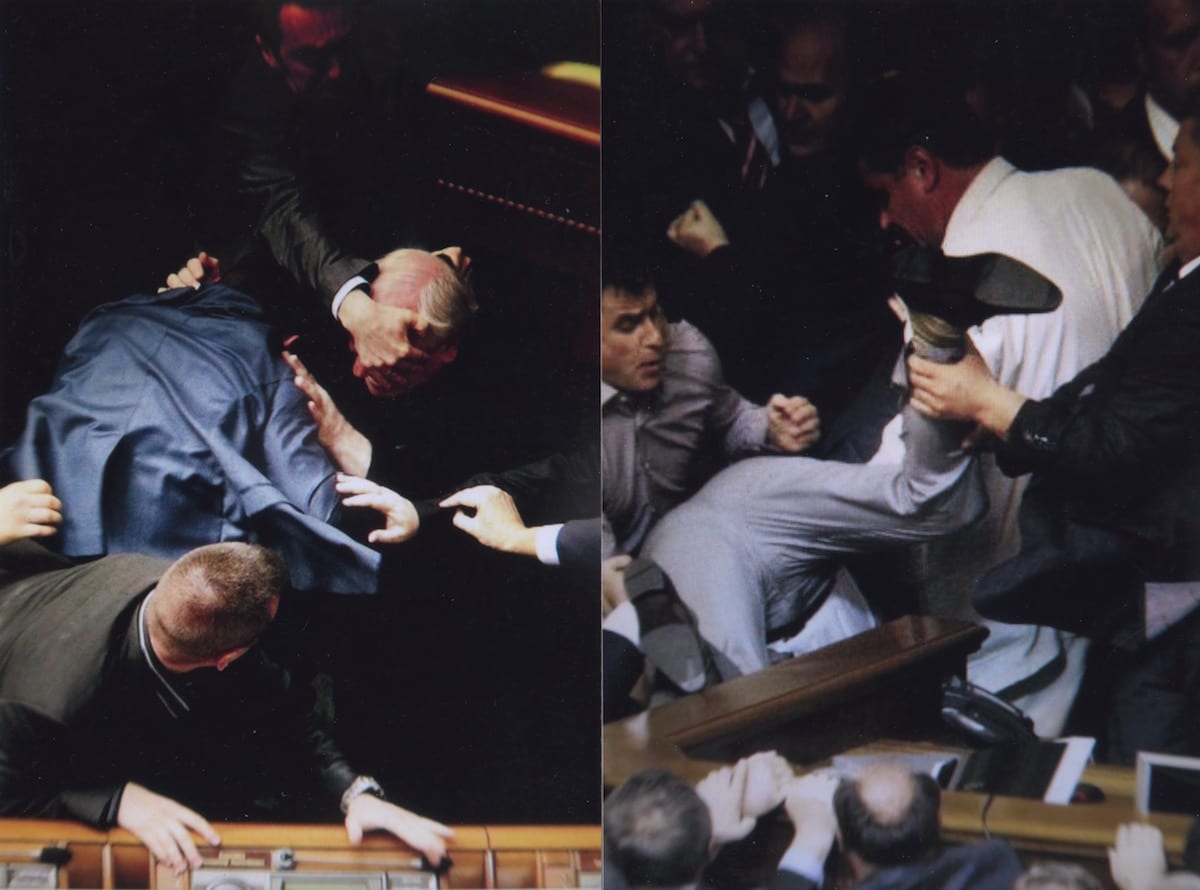

Mikhailov’s most recent body of work blends old and new photographs to reflect on life, death, and his own autobiography
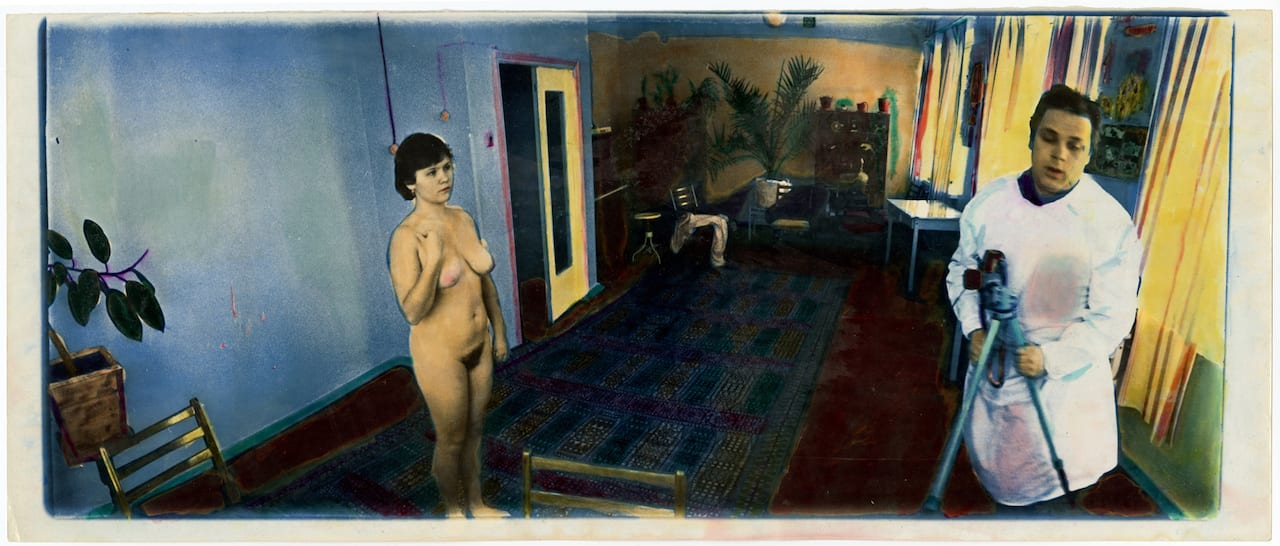
If you wanted to become a professional photographer in the Soviet Union, says Victor Kochetov, you only had two options. Either you could work at an atelier producing pictures for books or postcards, or you could work for the press – and both meant conforming to the ideological pressure of the state. Kochetov chose the first option, and through the 1960s he worked as a commercial photographer in Kharkiv, Ukraine, photographing events such as weddings and funerals, and providing images for books on travel.
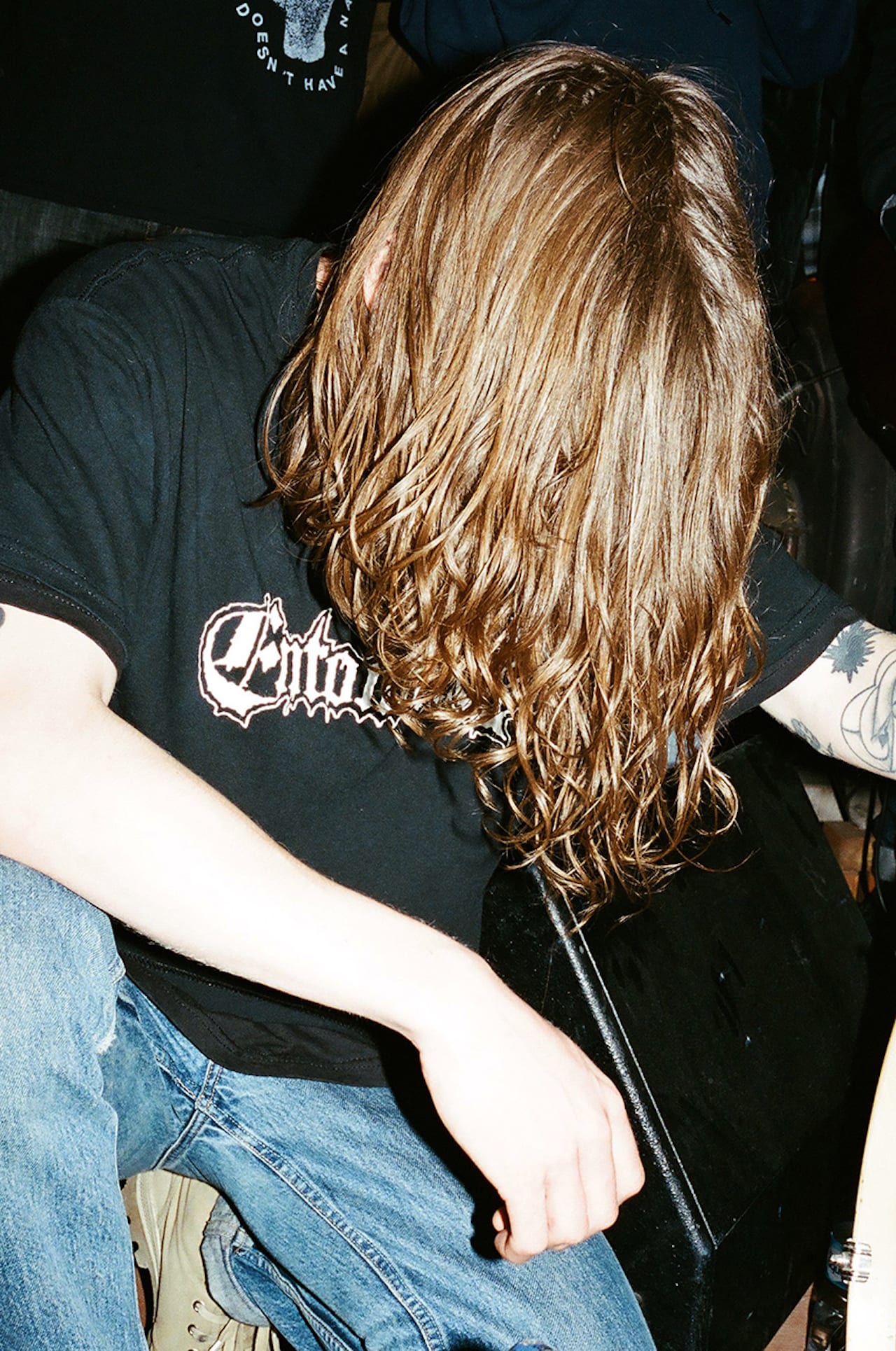
“The Soviet Union left a great heritage in various manifestations from architecture to people’s thoughts, and some are struggling to understand the new times,” says 22-year-old Ukranian photographer Vladyslav Andrievsky. “Often, because of this, the youth is struggling to find common ground with the elders.
“It’s obvious that there were many limitations when it came to one’s life or freedom. Today, when thinking about the Soviet Union, we are visualising it the way it could have been, not the way it was. Of course the fact that somebody could have been killed for a painting or a thought is shocking and devastating. Still, we are left with an enormous cultural heritage like art, literature, music, films, and we truly value that.
“Owing to people like Boris Mikhailov we can try to understand what life was like back then,” he continues. “In his book Case History he is showing homeless people like heroes, who are giving their lives for the brighter future of the new generations. As a young person I don’t want to be a let-down. I don’t want to upset Boris.”
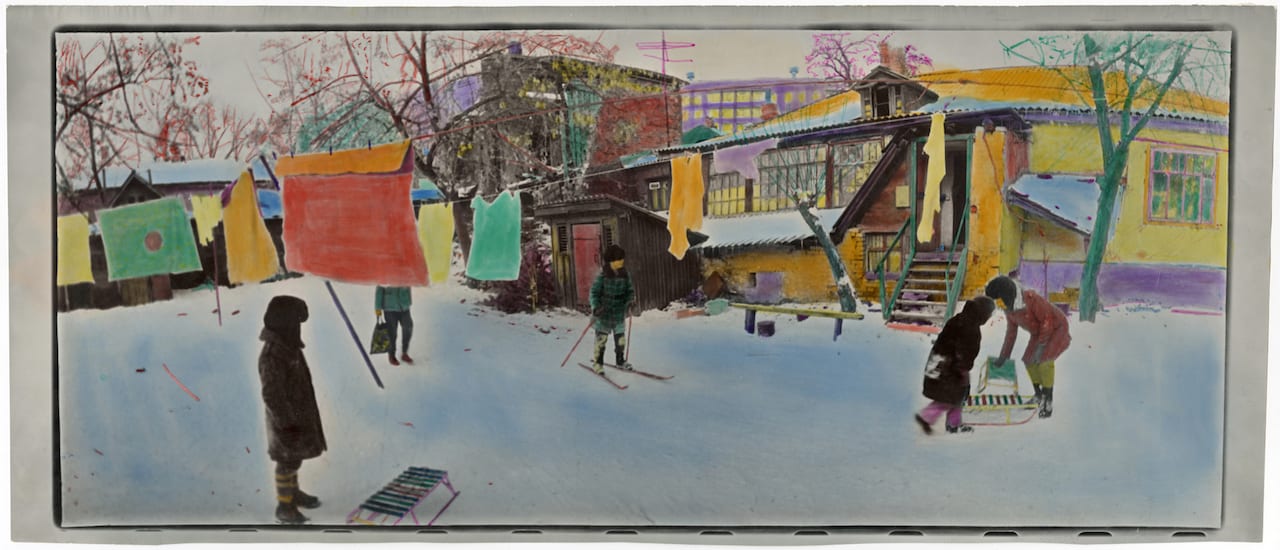
Alnis Stakle, Latvian photographer, Professor of Photography at the Rigas Stradins University, and curator of Riga Photomonth, on his five stand-out projects of 2018, including a new project at the Museum of Kharkiv School of Photography which has already seen the publication of KOCHETOV by Viktor and Sergey Kochetov
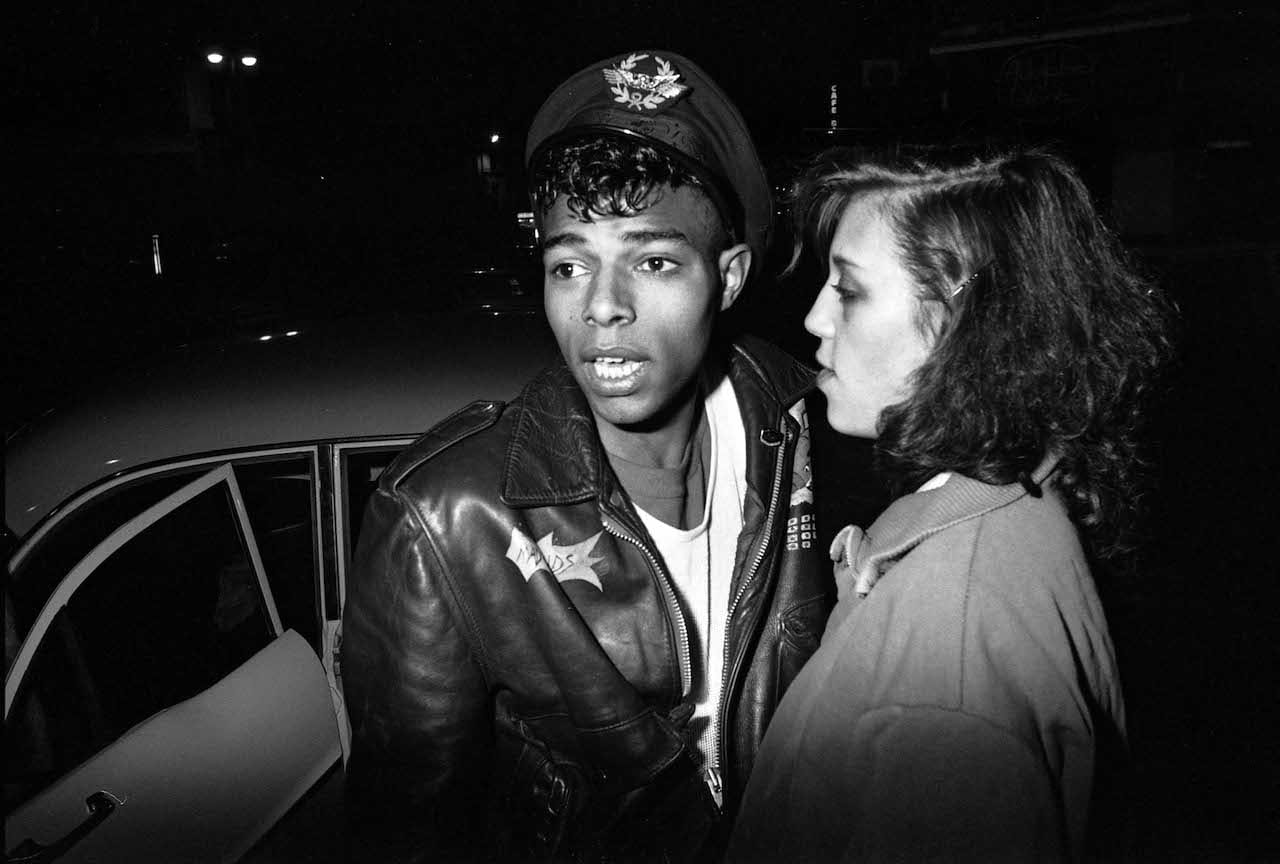
“They’re all driven by motivations that are both personal and political to a degree, and they are all self-initiated projects,” says curator Alona Pardo of the photographers in the show Another Kind of Life: Photography on the Margins. “Some may have started as commissions, but very early on took on a life of their own. It was interesting to think about the role of the photographer, because often the photographer hides behind the camera as a facade. There is also an interesting subtext of the photographer occupying the position of an outsider within mainstream society. They are there, assertively documenting the world.”
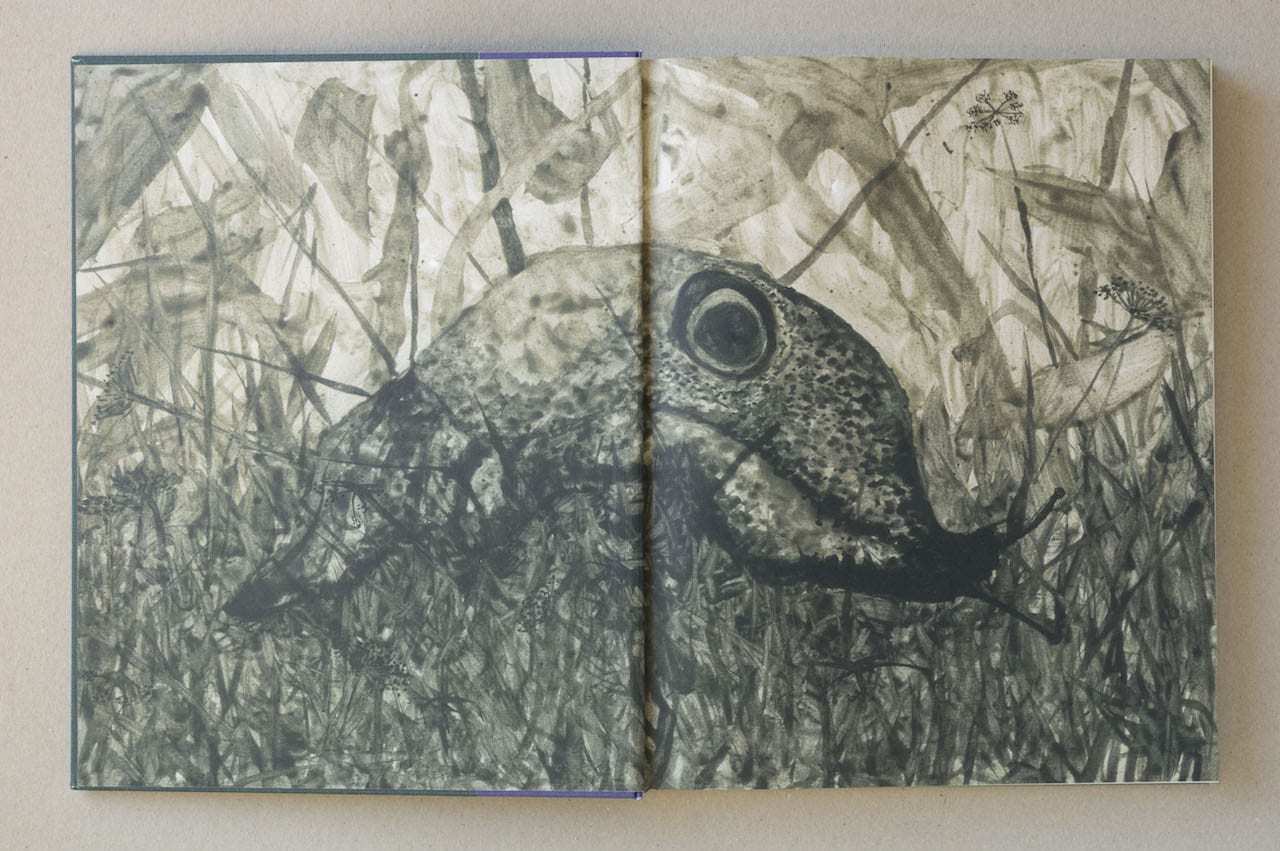
First awarded back in 1985, the Kraszna-Krausz Foundation Best Photography Book prize is one of…
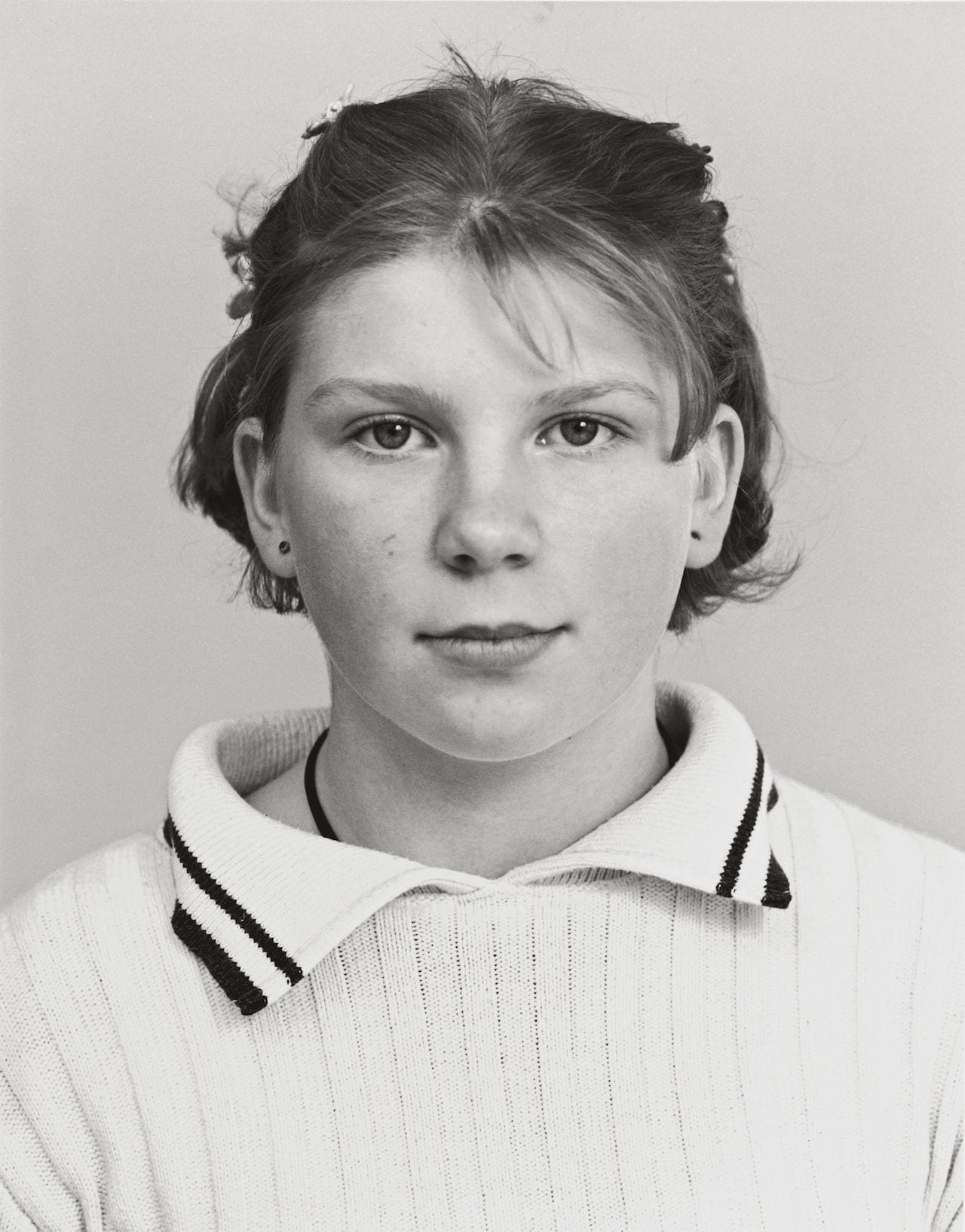
In terms of history and photography, 1938 was a significant year. With Germany’s annexation of Austria, the Munich Agreement, the November Pogrom and the Évian Conference, which addressed the international response to the refugee crisis, it was a decisive point in time, with repercussions that would shape generations to come. It was also the year that six iconic photographers, who would document this shifting world, were born. This spring, the occasion will be honoured with a special celebration at the Sprengel Museum Hannover, titled 1938. Birthday Party with Guests. Initiated to commemorate the 80th anniversary of German photographer Heinrich Riebesehl, whose archive is housed at the museum, the exhibition evolved into a wider historical survey that sketches an international perspective on the second half of the 20th century. Joining Riebesehl are Johan van der Keuken, Josef Koudelka, Boris Mikhailov, Daido Moriyama and Helga Paris. For curator Inka Schube, this wave of artists born in 1938 represents a very particular generation: those who experienced the Second World War as children, too young to remember much more than playing in its rubble but growing up in the world it created.
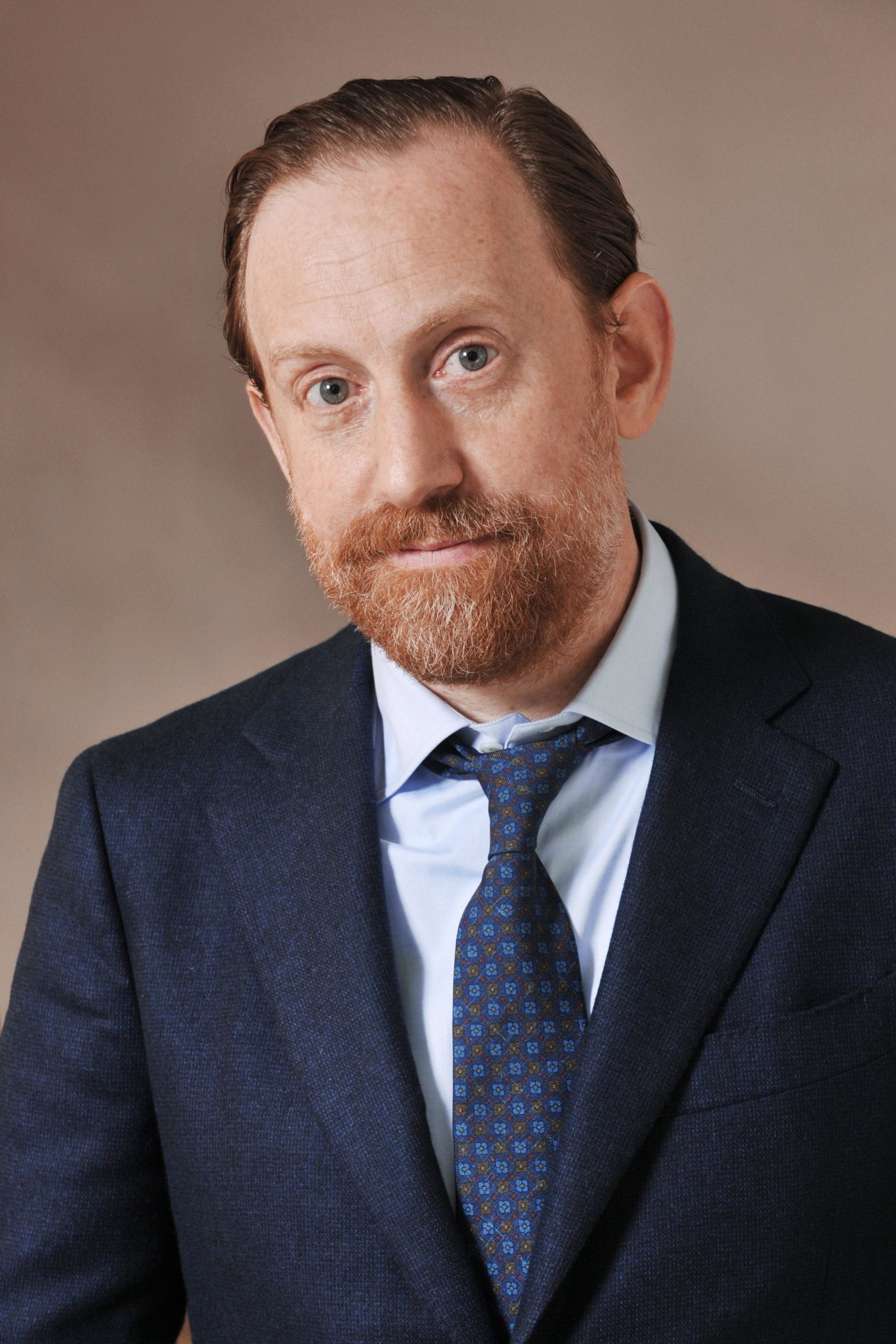
When he joined Tate Modern in 2009 he was Tate’s very first photography curator – but now Simon Baker is on the move, succeeding Jean-Luc Monterosso as the director of the Maison Européenne de la Photographie in Paris. Monterosso, who founded the MEP back in 1996, will leave the institution on 31 March. The news comes just weeks after Shoair Mavlian, assistant curator at Tate Modern, announced she was leaving the institution to become Photoworks’ new director. In October 2017 Kate Bush joined Tate Britain as its adjunct curator of photography, however, responsible for “researching and building the collection of British photography and curating exhibitions and displays”. In September 2017, Tate announced that it had acquired Martin Parr’s 12,000-strong photobook collection, making it one of the leading institutional collectors in this field.
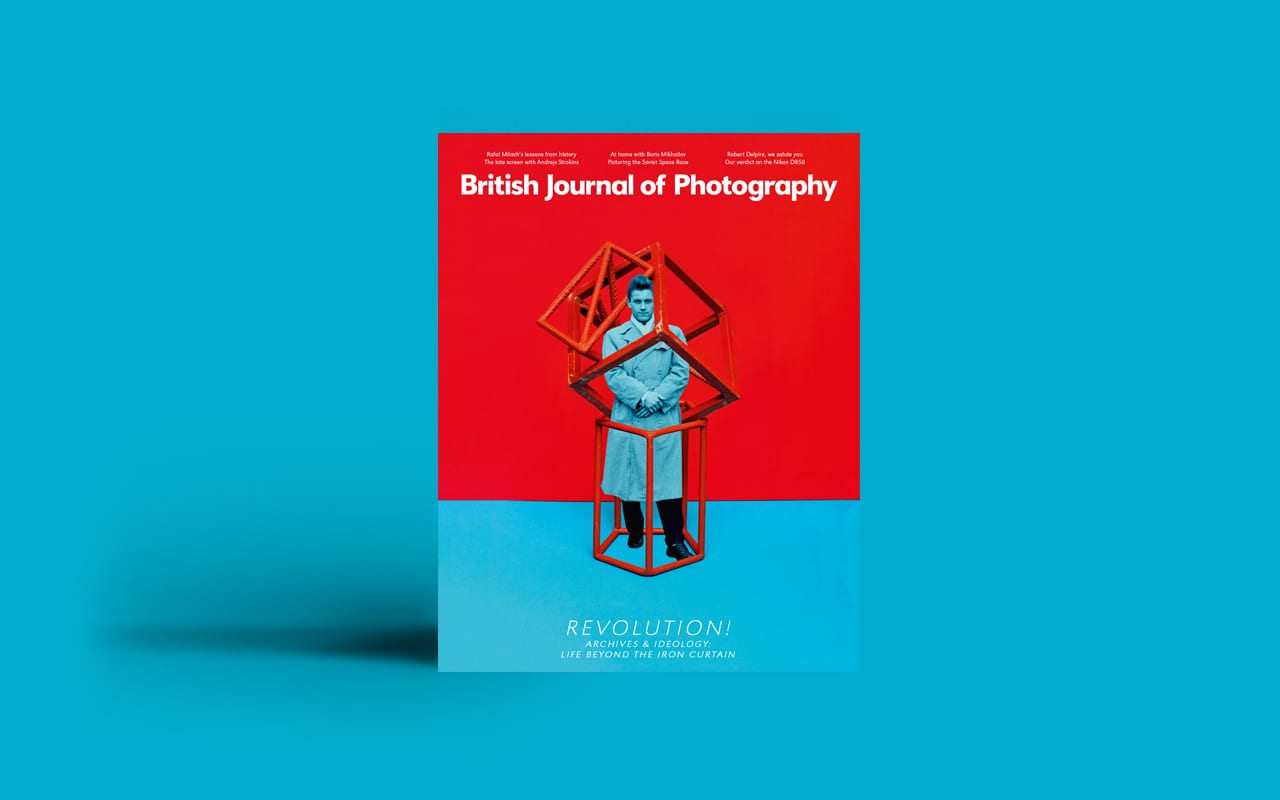
This year marked the 100th anniversary to the October Revolution; the Bolshevik coup lead by Vladamir Lenin that would result in the Russian Civil War (1917-22) and, ultimately, the foundation of the USSR and the communist regime that lasted until 1991. In the BJP’s latest issue, we try to understand something of the vast history of the Eastern Bloc.